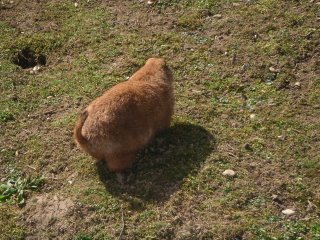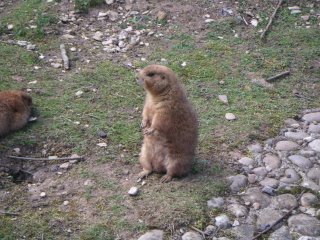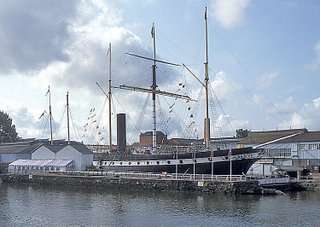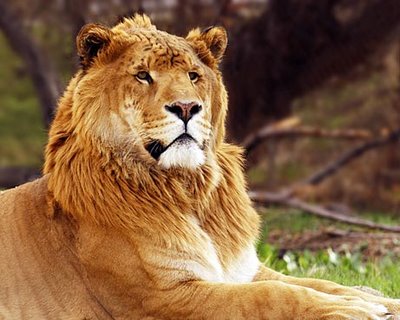Hello and welcome!
Today’s guest is:
The Black-Tailed Prairie Dog

Prairie dogs are burrowing squirrels that get their name from one of their various alarm calls which sounds like a bark. They’re found in the open plains and plateaus of North America. They can live up to 8 years in captivity.

Check out my black-tipped tail!
They used to live in huge colonies called “towns” often containing several thousand individuals and covering many acres. But because they compete with domestic livestock for food and eat cultivated crops, farmers consider them as pests and destroy their colonies. Prairie Dogs have a high-pitched, bark-like call. Recent studies suggest that Prairie Dogs possess the most sophisticated of all natural animal languages. They apparently issue different sounds identifying various predators, which include hawks, owls, eagles, ravens, coyotes, badgers, ferrets and snakes. Prairie Dogs can run up to 35 miles per hour for short distances. The Prairie Dog has only one defense that works -- raising the alarm and disappearing quickly.
 Attention
Attention
The Prairie Dog digs its own burrows. There is a well-constructed and frequently reinforced dike against flooding from sudden rains. The entrance holes themselves are funnel-shaped, from 3 to 4 inches in diameter.When a predator approaches, the first alert Prairie Dog gives a sharp warning call, bobs up and down in excitement, calls again and then plunges below. The danger signal is a 2-syllable bark, issued at about 40 per minute. Other sentinels farther from the danger zone take up the watch, monitoring the course of the predator.

At ease
Because they eat as much as 7 percent of a ranch's forage, Prairie Dog eradication programs have been underway for decades in the American West. But a growing number of experts argue that Prairie Dogs may actually be beneficial, that they are natural fertilizers who also increase the protein content and digestibility of rangeland grasses. Today, after decades of eradication by federal, state, and local governments, devastation from disease, poisoning, recreational shooting and habitat destruction , Prairie Dogs are rapidly disappearing. More have been exterminated than remain, inhabiting only about 2 percent of their former range. Colonies are being preserved, however, in Wind Cave National Park, Devils Tower National Monument and in the Wichita Mountains Wildlife Reserve.

"Psst! Did you hear that Amy.........."
"Really? Oh my!"
So that's it for today. Join me again next week for the sixth (oh boy) edition!


















